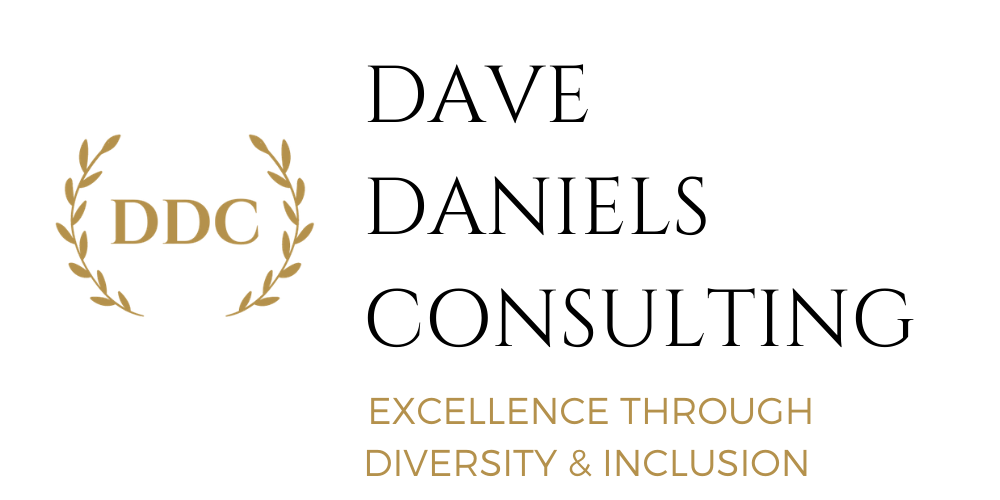Succession Planning
All organizations can benefit from a robust Succession Planning process. Larger organizations often use sophisticated software solutions to administer the process which are often way too much for smaller businesses. Think Sales Force, which I have found in several smaller organizations as their CRM and not used due to their complexity. Like CRM’s, there are technology solutions for Succession Planning that fit the size of your company and have a much higher engagement level of use. While the administrative part of Succession Planning is important, identifying the desired “outcomes and impact” on the organization with Succession Planning needs to be clearly established along with a high commitment level from the ELT (Executive Leadership Team). Taking this step is the critical part of the equation.

Building a diverse pipeline of talent will enhance future success of the organization.
Let us look at an example of a desired “outcome” of this process. An effective Succession Planning process should identify current and future gaps in organizational staffing and depth. Please remember from my previous articles, the D & I (Diversity and Inclusion) strategic approach is to bring an effective D & I lens to every aspect of the organization. Unfortunately, I often witness Succession Planning processes where desired outcomes and impact are not clearly defined and absolutely zero discussion on the demographic make-up of each business unit’s staffing levels. At best, company-wide demographic statistics may be available at the entire company level, but there is little to no understanding on how each business unit is doing. It becomes very easy to say: “We’ve improved representation of some under-represented groups“ and leave the session feeling progress (the Outcome) has been made.
As mentioned, a proactive and robust discussion on desired “Outcomes and Impact” will set the tone for ELT (Executive Leadership Team) preparation, expectations, and execution of the Succession Planning process. Often, it takes time for the ELT to get this critical process right, but a strong partnership of your HR and D & I leads should help you optimized this process. I recommend that your HR lead drive the Succession Planning approach with your CDO (Chief Diversity Officer) bringing the D & I lens to the process.
Now that we’ve examined one example of a desired outcome of the organization’s Succession Planning process, what’s the potential “impact.” Once gaps are established by business units and by position, the ELT member and their HR support have a much clearer understanding of the tactical step(s) to take to remedy the issue(s). Effective and focused action plans can be established i.e. targeted recruiting approaches (External) along with an improved focus on Mentorship and Sponsorship programs (Internal).
My next article will explore the difference between Mentors and Sponsors and how they can become a strategic differentiator for the company. But for now, building a diverse pipeline of talent will enhance future success of the organization. However, leadership, commitment and execution by the ELT will provide the ultimate impact by creating a diverse and inclusive organization. Optimized results will follow.
